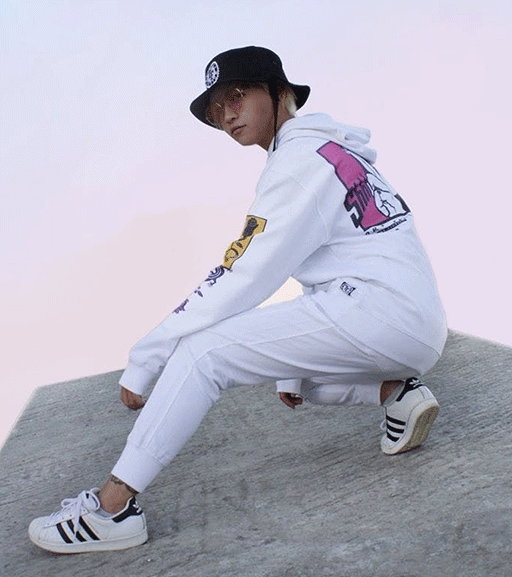
The History of Streetwear and Its Influence on Fashion Today
Streetwear has come a long way since its early days as a subculture movement. It has now become a mainstream fashion phenomenon, influencing the industry with its unique style and culture. In this article, we’ll explore the history of streetwear and its impact on fashion today.
The Birth of Streetwear
Streetwear emerged in the 1980s and 1990s as a form of casual and comfortable clothing that was worn by inner-city youth, skateboarders, and surfers. The style was characterized by oversized t-shirts, baggy pants, and sneakers. It was a reaction to the more formal and conservative fashion of the time and represented the rebellious spirit of the youth.
One of the first brands to emerge in the streetwear scene was Stüssy, founded by Shawn Stüssy in 1980. The brand started with surfboards, but quickly expanded into clothing, creating the signature logo that is still popular today. Other brands that emerged during this time include Supreme, A Bathing Ape, and FUCT.
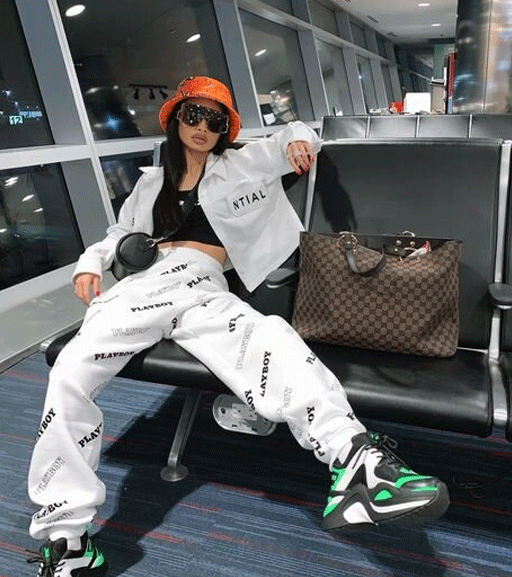
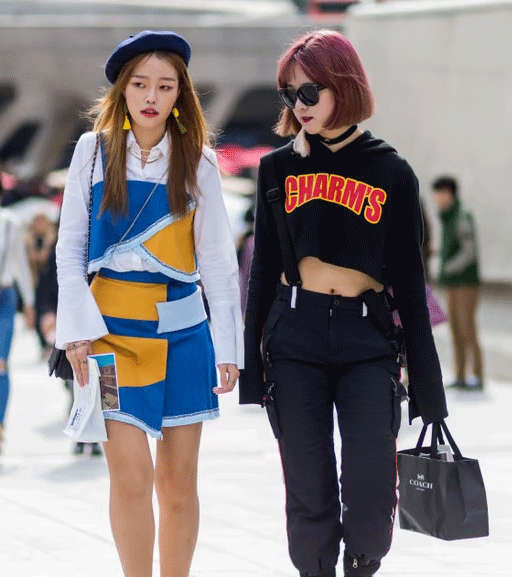
The Influence of Hip-Hop Culture
In the 1990s, hip-hop culture started to influence the streetwear scene, with rappers and artists wearing oversized clothing and accessories such as gold chains and bucket hats. Brands such as Tommy Hilfiger and Polo Ralph Lauren became popular within the hip-hop community, with rappers like Wu-Tang Clan and Nas wearing their clothing.
This period also saw the rise of sneakers as a key component of streetwear culture. Sneakers became a symbol of status and identity, with collectors and enthusiasts eagerly waiting for the latest releases. Brands such as Nike, Adidas, and Reebok became an integral part of the streetwear scene.
The Rise of Japanese Streetwear
In the 1990s, Japanese streetwear started to gain popularity in the West. Brands such as A Bathing Ape, Undercover, and Comme des Garçons became known for their unique designs and innovative materials. Japanese streetwear was characterized by its attention to detail, bold graphics, and experimentation with fabrics and shapes.
One of the most influential figures in Japanese streetwear was Nigo, the founder of A Bathing Ape. His brand became known for its signature camo print, as well as collaborations with artists such as Kanye West and Pharrell Williams.
The Mainstreaming of Streetwear
In recent years, streetwear has become mainstream, with luxury brands and high-end designers incorporating streetwear elements into their collections. Brands such as Gucci, Louis Vuitton, and Balenciaga have collaborated with streetwear brands and designers, creating limited-edition collections that sell out within minutes.
The rise of streetwear has also influenced the fashion industry’s approach to marketing and retail. Streetwear brands have been able to build strong relationships with their customers through social media and online communities. They have also used limited-edition drops and collaborations to create hype and exclusivity, leading to long lines and overnight camping for the latest releases.
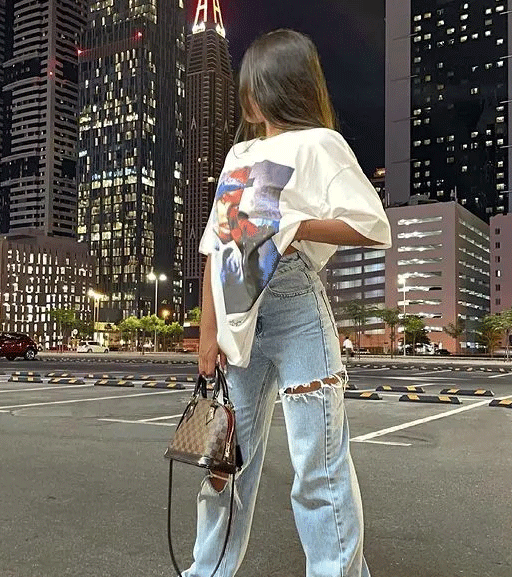
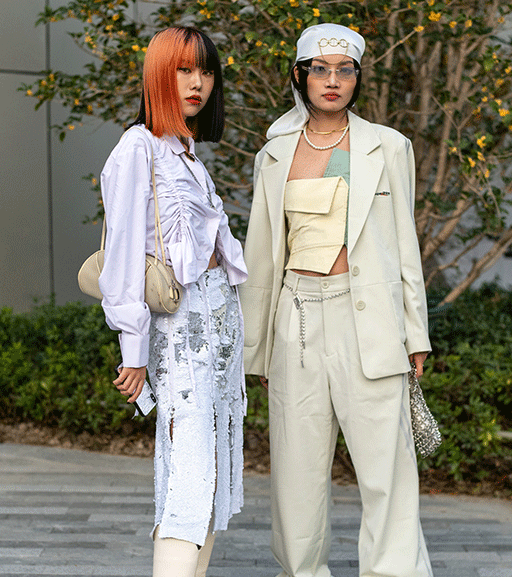
The Future of Streetwear
As streetwear continues to influence the fashion industry, it is likely to evolve and change. One trend that has emerged in recent years is the focus on sustainability and ethical practices. Streetwear brands are starting to prioritize eco-friendly materials, ethical production processes, and local economies.
Another trend is the rise of genderless and inclusive fashion. Streetwear has always been known for its unisex styles, and brands are now embracing a more inclusive approach, creating clothing that is suitable for all genders and body types.
Conclusion
The history of streetwear is a rich tapestry of subculture, rebellion, and innovation. What started as a form of casual clothing worn by inner-city youth has become a global phenomenon, influencing the fashion industry and shaping the way we dress today. Streetwear has always been about more than just clothing; it’s a culture that represents a way of life, music, art, and creativity.
In recent years, streetwear has become more accessible to everyone, with a wide range of styles and designs available at all price points. The influence of streetwear can be seen in high-end fashion collections and on the streets, where people continue to express their individuality through their clothing choices.
As we look to the future of streetwear, it’s clear that sustainability and inclusivity will play a more significant role in the industry. Streetwear brands are starting to take responsibility for their environmental impact and working towards more ethical production processes. They are also embracing a more inclusive approach, creating clothing that is accessible to everyone, regardless of gender or body type.
The history of streetwear is a testament to the power of subculture and the impact it can have on the world. From its humble beginnings to its mainstream popularity, streetwear has remained true to its roots, representing the rebellious spirit and creativity of youth culture. As we continue to see the influence of streetwear on the fashion industry, it’s clear that it will remain a vital part of our culture for years to come.
